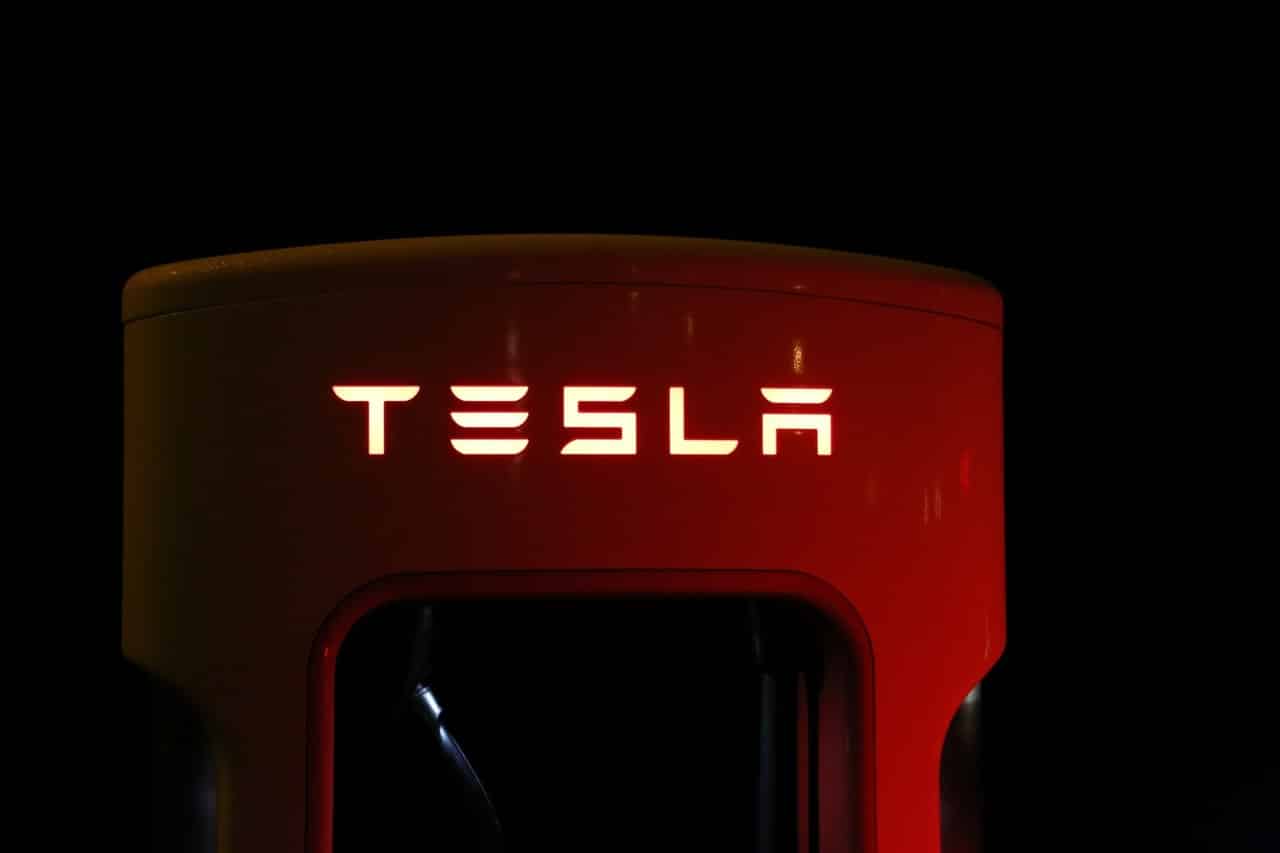There is no denying the importance of weaning ourselves off fossil fuels and reducing our carbon footprint. Global temperatures are rising at a breakneck pace that threatens to completely destroy the earth’s delicate ecosystem and displace hundreds of millions of people from coastal communities within a matter of decades.
One of the most viable means for us to rapidly and drastically reduce our carbon footprint is through electric vehicles says Lindsay Guion. The founder and chairman of GUION PARTNERS, a talent management agency that specializes in the fields of music, entertainment, sports, technology, and real estate, believes EVs will eventually replace our entire fleet of gas guzzling automobiles, which account for about 15% of global greenhouse gas emissions.
The transition to electric vehicles has been a slow one thus far, especially in the US, where just 1.9% of vehicles are electric as of 2019. That actually represented a slight decline from 2018, when the figure stood at 2.1%.
Outside of a few major success stories like Norway (where EVs have 56% market share) and Iceland (25%), most countries aren’t faring much better in their transition, with EV market share rates in the single digits.
IMAGE: PEXELS
Why EV Adoption Is Sluggish In Much Of The World
Several factors appear to be holding back the EV revolution. Lindsay Guion says that one of the biggest is the lack of infrastructure in the form of EV charging locations and stations, which can make it far more inconvenient to own an EV.
Even in the US, where Tesla is intent on bringing its electric vehicles into the mainstream, charging locations are few and far between outside of a few key states like California, which boasts nearly half of the entire country’s charging locations.
Price remains another sticking point that has prevented mainstream adoption of electric cars. Even when factoring in the tax incentives that have been offered to EV buyers from many governments around the world in addition to the fuel savings from owning an electric vehicle, the cost of EVs has remained comparatively higher.
Electric Vehicles On The Cusp Of A Breakthrough
Despite the sluggish EV adoption thus far, there are signs that a breakthrough is on the way. Battery technology and prices have made huge strides, with costs per kilowatt-hour dropping by 85% during the previous decade. It’s expected that within a few more years, EVs will overtake gas-powered vehicles as the more economical option, making them much more attractive to the car-buying public.
Consumers will also have far more choice in the years to come, as dozens of new EVs from nearly every major brand and spanning every price point are poised to hit the market over the next five years.
Among them are the Volkswagen ID.3 with a range of between 205 and 310 miles per charge and a reasonable price of $34,000; Tesla’s sport utility EV the Model Y, with a range of between 230 and 300 miles; the Kia Niro EV with a 239-mile range and retailing for less than $40,000; and the Mini Cooper SE with 146 to 187 miles of battery range.
All in all, Lindsay Guion expects electric cars to achieve wider accessibility and mainstream appeal by 2025, by which point EV infrastructure should be vastly improved in many developed nations, providing yet more incentive for consumers to finally ditch their icecap-melting gas guzzlers.
If you are interested in even more technology-related articles and information from us here at Bit Rebels, then we have a lot to choose from.


COMMENTS